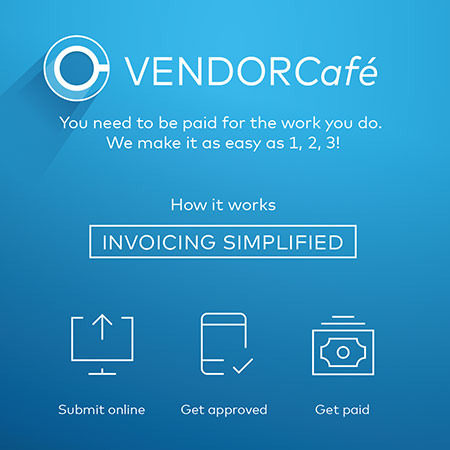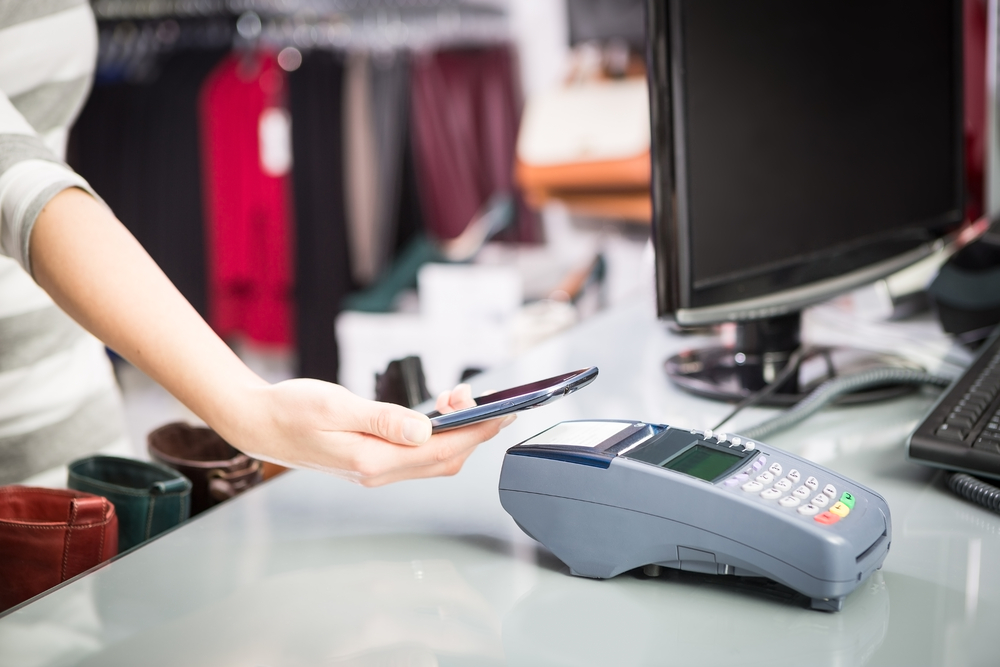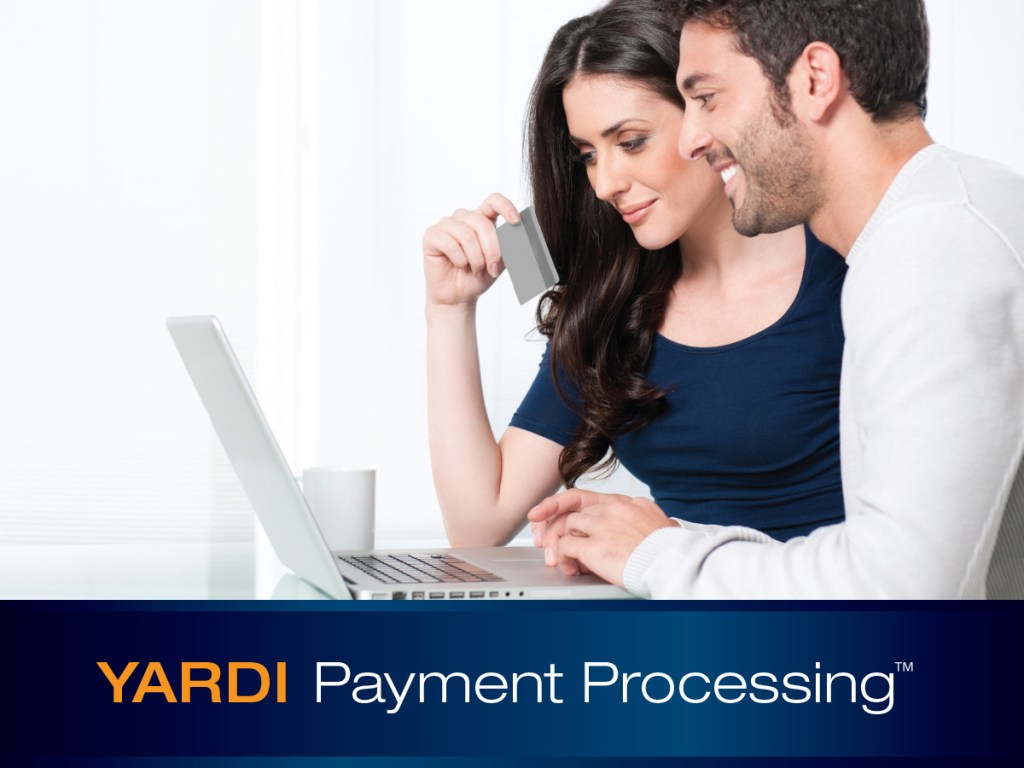Pay Vendors Faster
See How VendorCafe Works
A vendor provides a product or service for a property management company. Then they get paid, the sooner the better. That’s the theory, at least. In practice the traditional process can be laborious for both sides of the ledger—vendors and property managers. Submitting paper invoices, securing approvals, cutting checks, stuffing and mailing envelopes, and taking […]


